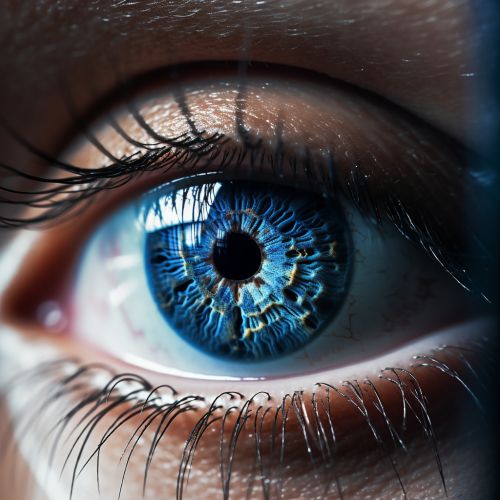Biometric authentication
Introduction
Biometric authentication refers to security processes that verify or recognize an individual's identity based on unique biological or behavioral traits. These traits can include fingerprint, iris, facial, voice, and DNA characteristics, among others. The technology has gained prominence in recent years due to its potential to provide robust security solutions in various sectors.


Types of Biometric Authentication
Biometric authentication can be broadly divided into two categories: physiological and behavioral biometrics.
Physiological Biometrics
Physiological biometrics are related to the physical characteristics of an individual. These include:
- Fingerprint Recognition: This is one of the most commonly used biometric authentication methods. It involves comparing a person's unique fingerprints against stored data.
- Iris Recognition: This method uses the unique patterns found in the iris of an individual's eye for identification.
- Facial Recognition: Facial recognition technology identifies individuals by analyzing patterns based on the person's facial textures and shape.
- DNA Biometrics: This is a more advanced form of biometric authentication, which uses an individual's unique DNA structure for identification.
Behavioral Biometrics
Behavioral biometrics are related to the unique ways in which individuals act, including but not limited to typing rhythm, gait, and voice. These include:
- Keystroke Recognition: This method identifies individuals based on their unique typing rhythm.
- Voice Recognition: Voice recognition systems identify an individual by analyzing their voice's pitch, tone, and cadence.
- Gait Recognition: This technology identifies individuals based on the way they walk.
Applications of Biometric Authentication
Biometric authentication has a wide range of applications in various sectors, including but not limited to:
- Information Security: Biometric authentication is widely used in information security to protect data from unauthorized access.
- Law Enforcement: Law enforcement agencies use biometric authentication for identification and verification purposes.
- Healthcare: In the healthcare sector, biometric authentication is used to ensure patient privacy and secure access to medical records.
- Banking: Many banks and financial institutions use biometric authentication for secure transactions and customer verification.
- Border Control: Biometric authentication is used in immigration and border control to verify the identity of individuals.
Advantages and Disadvantages
Like any technology, biometric authentication has its advantages and disadvantages.
Advantages
- Uniqueness: Biometric traits are unique to individuals, making it difficult for fraudsters to replicate or steal them.
- Convenience: Biometric authentication is convenient as it does not require individuals to remember passwords or carry identification cards.
- Security: Biometric authentication provides a higher level of security compared to traditional methods like passwords and PINs.
Disadvantages
- Privacy Concerns: Biometric data, if compromised, can lead to serious privacy issues.
- Cost: The implementation of biometric authentication systems can be expensive.
- False Positives and Negatives: Biometric systems can sometimes produce false positives and negatives, leading to security breaches or denying access to authorized individuals.
Future of Biometric Authentication
The future of biometric authentication looks promising, with advancements in technology and increased adoption across various sectors. Emerging trends include the use of artificial intelligence and machine learning in biometric systems, the development of multi-modal biometric systems that use more than one biometric trait for authentication, and the increasing use of biometrics in mobile devices.
